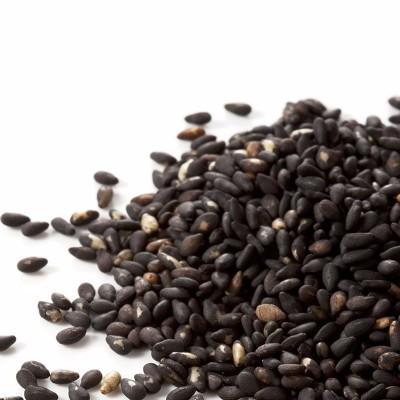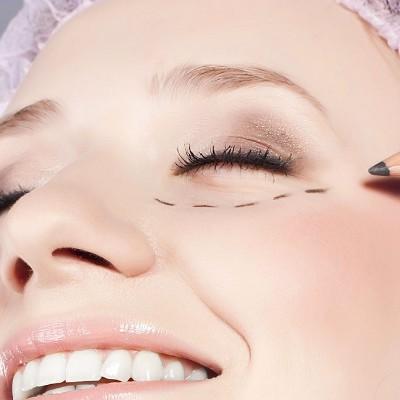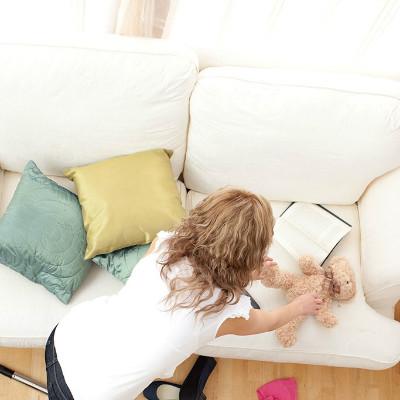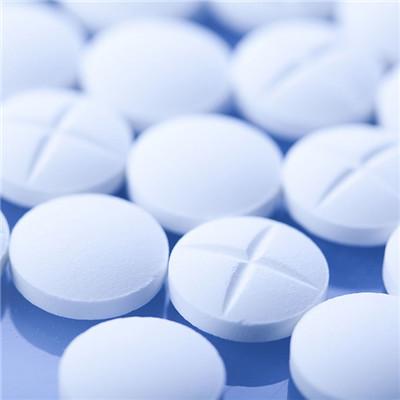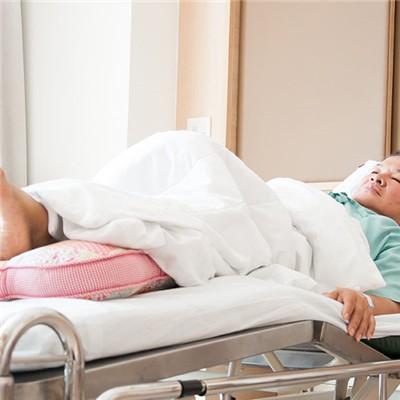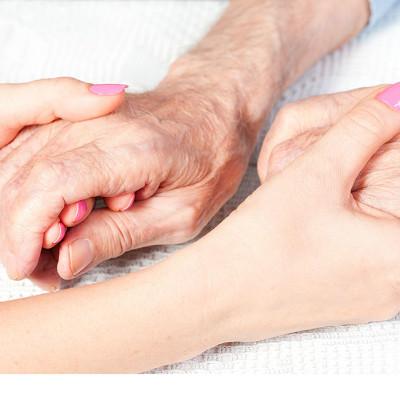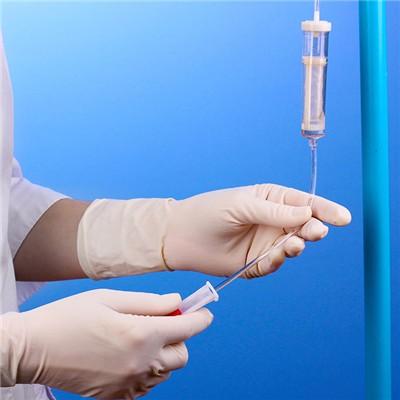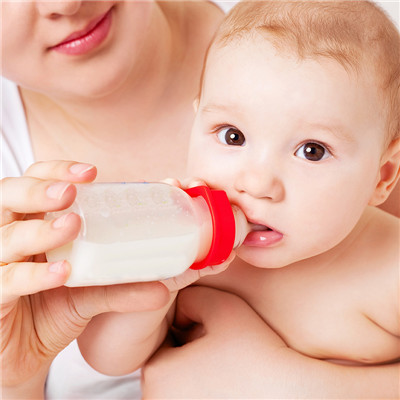Joint eczema symptoms?
summary
Joint eczema is a common disease in our life. We need to treat it according to the cause of the disease. In addition, we should also pay attention to the prevention of joint eczema. What about joint eczema? Let's talk about it
Joint eczema symptoms?
Self conscious severe pruritus, skin lesions pleomorphic, erythema, papules, papules or blisters dense into pieces, easy to exudate, boundary is not clear, scattered around the small papules, papules, often accompanied by erosion, scab, such as secondary infection, can appear abscess or thick scab. The skin lesions can subside after 2-3 weeks, but they often recur and turn into subacute or chronic eczema. In the early or acute stage, there are patches of erythema, dense or scattered small papules, or blisters that are difficult to see with naked eyes. In severe cases, there are large exudates and erosion.

Acute eczema inflammation reduced, there are still severe itching, skin lesions mainly papules, crusts and scales, visible a small amount of herpes, mild erosion. Proper treatment can be cured within a few weeks, and improper treatment can lead to acute attack or chronic eczema. In subacute state, exudate decreased and scab formed, the affected area changed from bright red to dark red, and there was no large erosion; In the chronic state, there is less exudate or completely dry scab, which is often mixed with scales to form scale scab. The color of the affected area is darker or pigmentation occurs. Sometimes the pigment is reduced, and cracks are easy to occur in the dermatoglyphs, especially in the parts with high degree of movement. Long term friction and scratching can lead to significant lichenization, which is not easy to distinguish from neurodermatitis (chronic simple lichen).
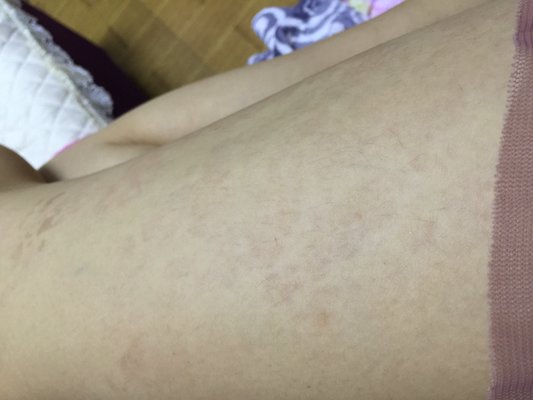
Often because of acute, subacute eczema repeated attack does not heal and turn into chronic eczema; Can also start not obvious, because often scratch, friction or other stimulation, so that the onset of chronic eczema at the beginning. The skin lesions are mostly localized plaques, common in the hands and feet, legs, cubital fossa, breast, vulva, anus, etc., with clear edges. The course of disease is chronic, which can be as long as several months or years, or acute attack due to stimulation.
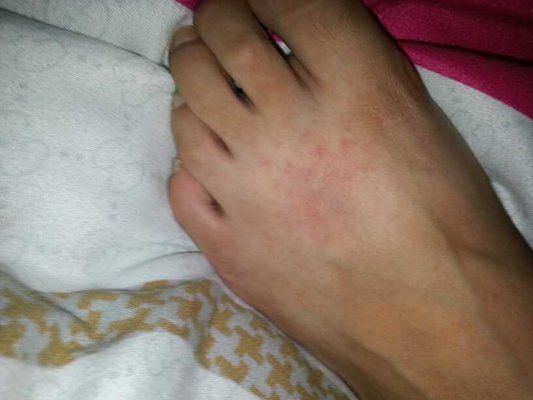
matters needing attention
We should also pay attention to some taboos in the treatment of eczema. We must avoid eating when we get eczema. We must not eat spicy food or eat less. We must not wear woolen clothes, which is easy to cause skin allergy.
